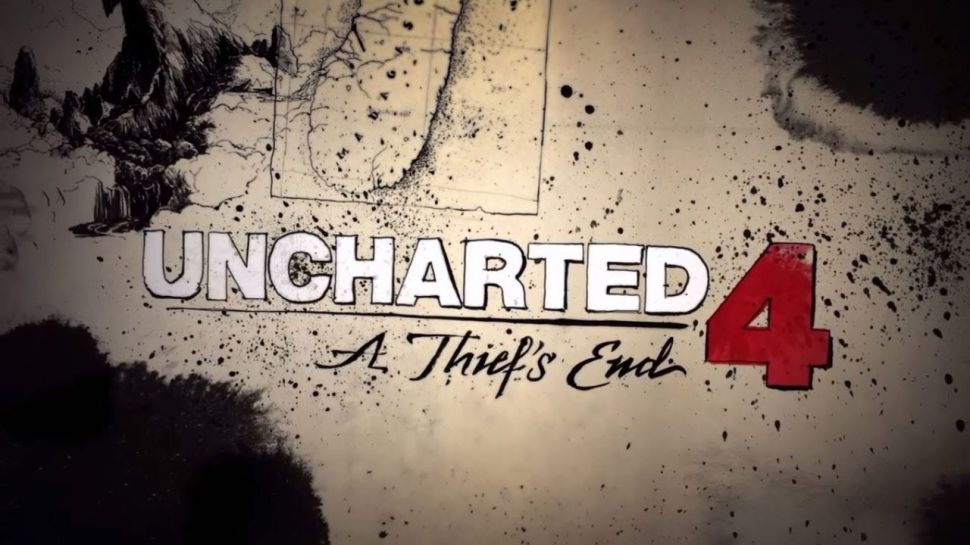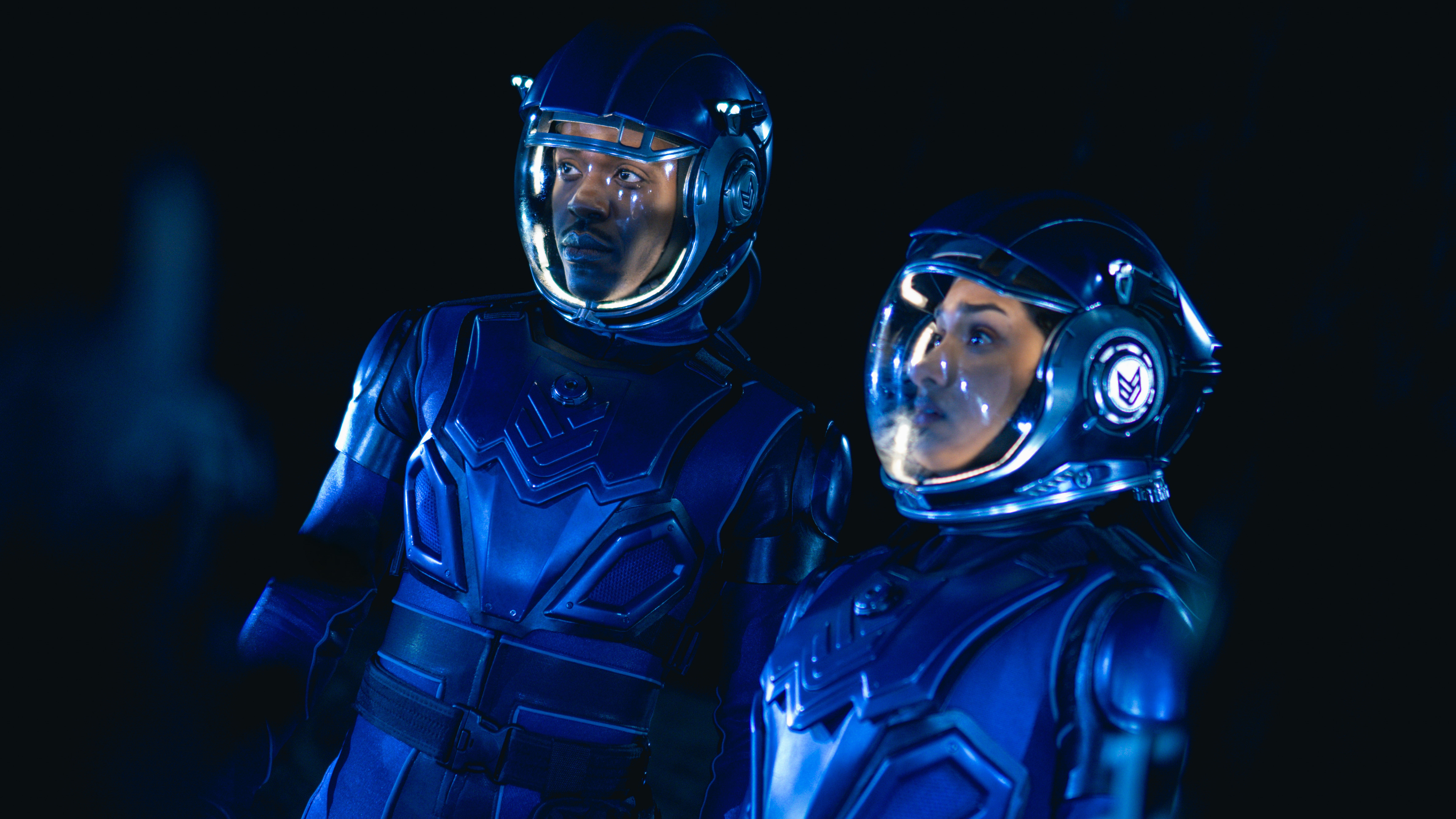The secret art of the video game loading screen, and why they won’t be going away anytime soon
Why loading screens are a necessary evil here to stay (and how developers trick you into thinking they don’t exist)
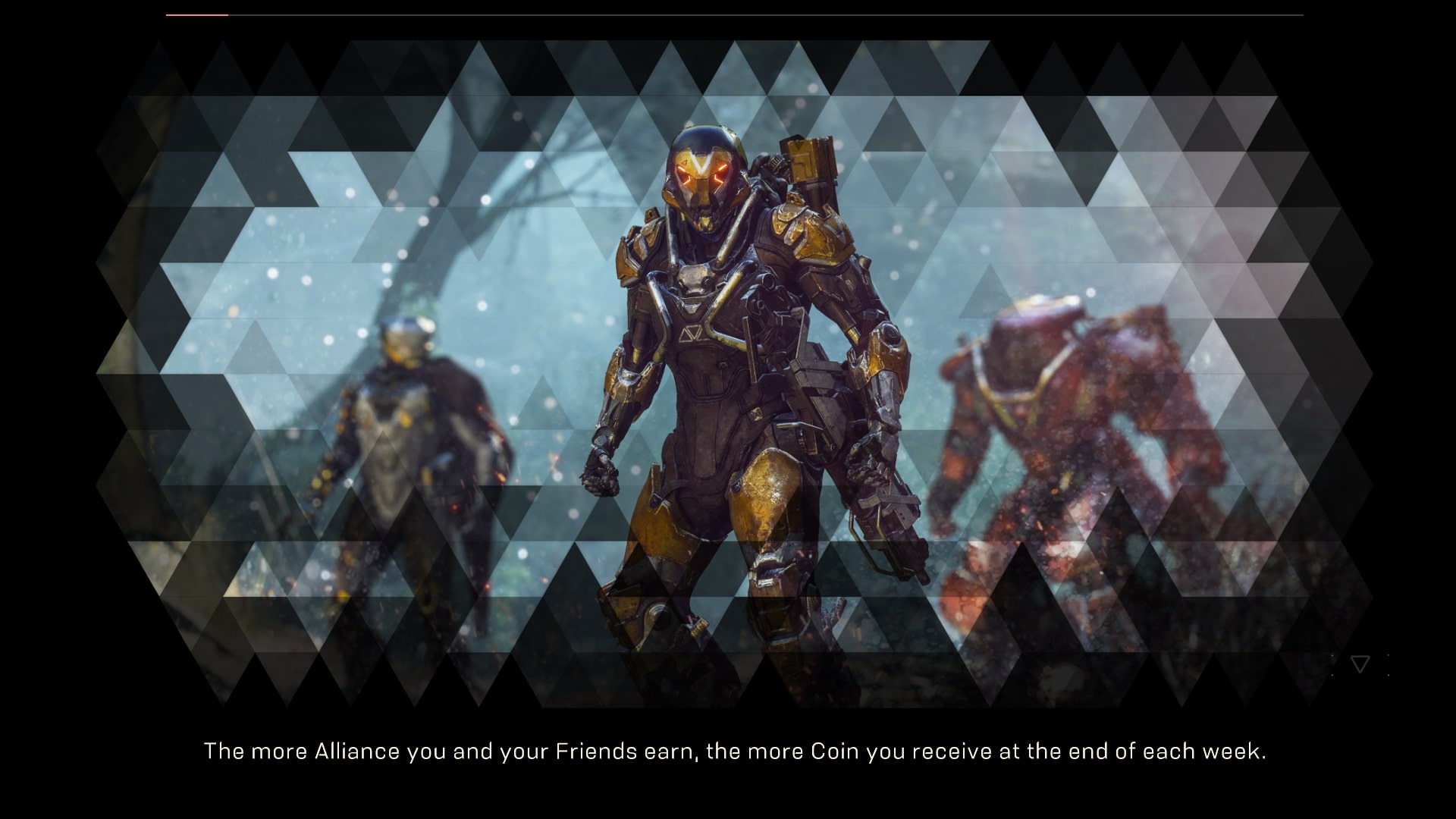
A 2005 trailer for Tony Hawk’s American Wasteland shows the eponymous skateboarding icon riding around Los Angeles in typical freewheeling fashion until, suddenly, he’s knocked off his board by a giant, real life loading screen. “This has gotta go”, Hawk says winkingly, before the trailer cuts to raw gameplay showcasing American Wasteland’s digital rendition of The Big Orange, which claimed to be “the first skating game with no loading screens” in sight.
The fact that this was the key USP of American Wasteland shows you how much of a blight the familiar loading bar was to the player experience back then but, even with all the evolutions made in technology over the 14 years since, games don’t just still have load times, they’re longer than they’ve ever been. What gives? Video games have conquered so many of their own technological demons in the last half century, so why are we still stuck in the dark ages when it comes to that dreaded loading screen?
Please hold
“Part of the reason that load times get longer is because the art assets are bigger, more sophisticated, and require more memory, but that’s only because of the drive to make a better game,” explains Alan Flores, former Lead Designer on American Wasteland, to GamesRadar+. “The developer’s job is to make their game as fun as possible. So what winds up happening is they try to cram as much stuff into a level as possible. The more they cram in, the more that needs to get loaded.“
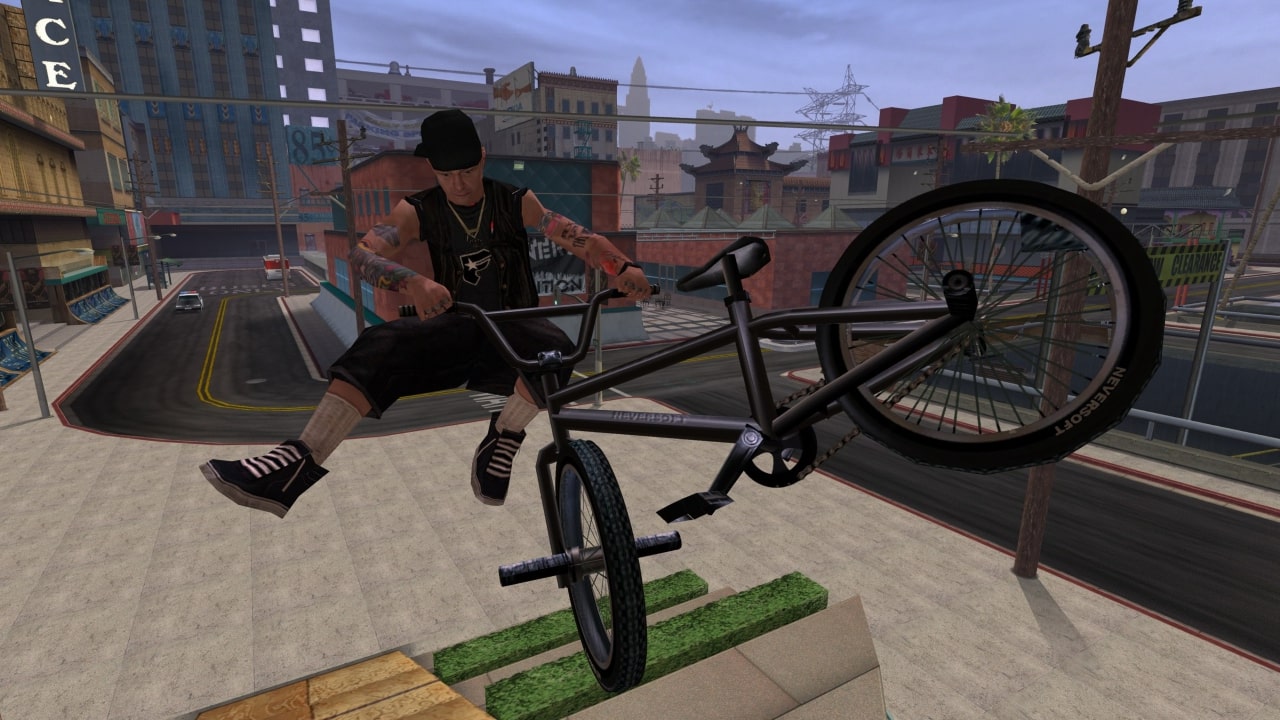
In essence, the processing capacity of hard drives can’t keep up with the rate at which games are growing in terms of size and scale. Anthem’s long loading times aren’t in spite of its grand ambitions and giant budget, they’re precisely because of it. Flores elaborates: “Even if we had some magical system with tons of memory that could load assets super quickly, the designers will still push that system to the limit so that loads will still be necessary. I think for smaller scale games, a loading screen-free experience is likely in the future, but for big sprawling epic game experiences that players are expecting I think loading will always play a part.”
"Load times get longer because art assets are bigger, more sophisticated, and require more memory"
Alan Flores
Right, but how did American Wasteland - which was very much a big budget title for its time - achieve a loading screen free experience all the way back in 2005? Flores elaborates on the tricks Neversoft pulled off to reach this ambitious goal post, explaining that “American Wasteland was the first Tony Hawk game that had streamed levels."
"Since we didn’t have any expertise designing levels to seamlessly load, we did an interim step where we designed traditional style Tony Hawk levels and stitched them together with these loading tunnels. Inside the loading tunnels, we would obscure the loading and unloading of levels and we also slowed down the speed of the skater to allow us enough time to do this. It wasn’t a perfect solution, but it was effective enough.”
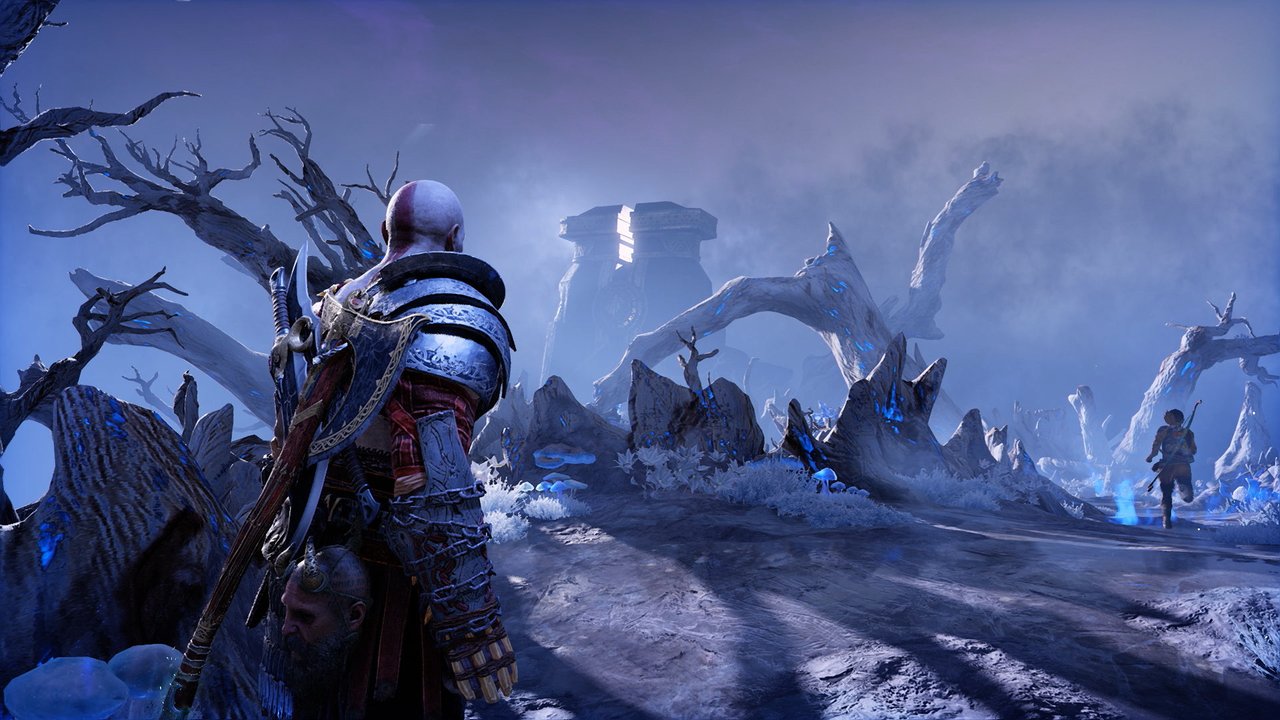
In other words, American Wasteland did have loading screens, but it tricked the player into thinking they weren’t there by funneling them into mandatory “loading tunnels” that could render new zones as they were travelling (very slowly) towards them. Game developers deploy these optical illusions all the time to hide their loading process without cutting to an inanimate screen, tricking the player into thinking they’re just enjoying a slightly sedated, more linear part of the experience.
Sign up to the GamesRadar+ Newsletter
Weekly digests, tales from the communities you love, and more
Remember when Gears of War made Marcus slow down to walking pace and talk to his buddies over the radio coms? Or the infamous elevator trip in Mass Effect (not so subtle, that one)? Or, to venture into even more recent territory, how about the Tree of Life in God of War? What, you thought activating its realm-hopping machinery every time the story required Kratos to venture to distant lands was just a conveniently plodding plot device?
Lift back the curtain on each of these moments, and you’ll find the game’s code scuttling around like stage managers arranging props on a theatre set, desperately working to put everything in place before players even begin to notice they’re being held up. Jak & Daxter was one of the earliest games to adopt this seamless loading technique, and Naughty Dog’s co-founder Andy Gavin describes the techniques employed by the studio while working on the iconic platformer as a Producer.
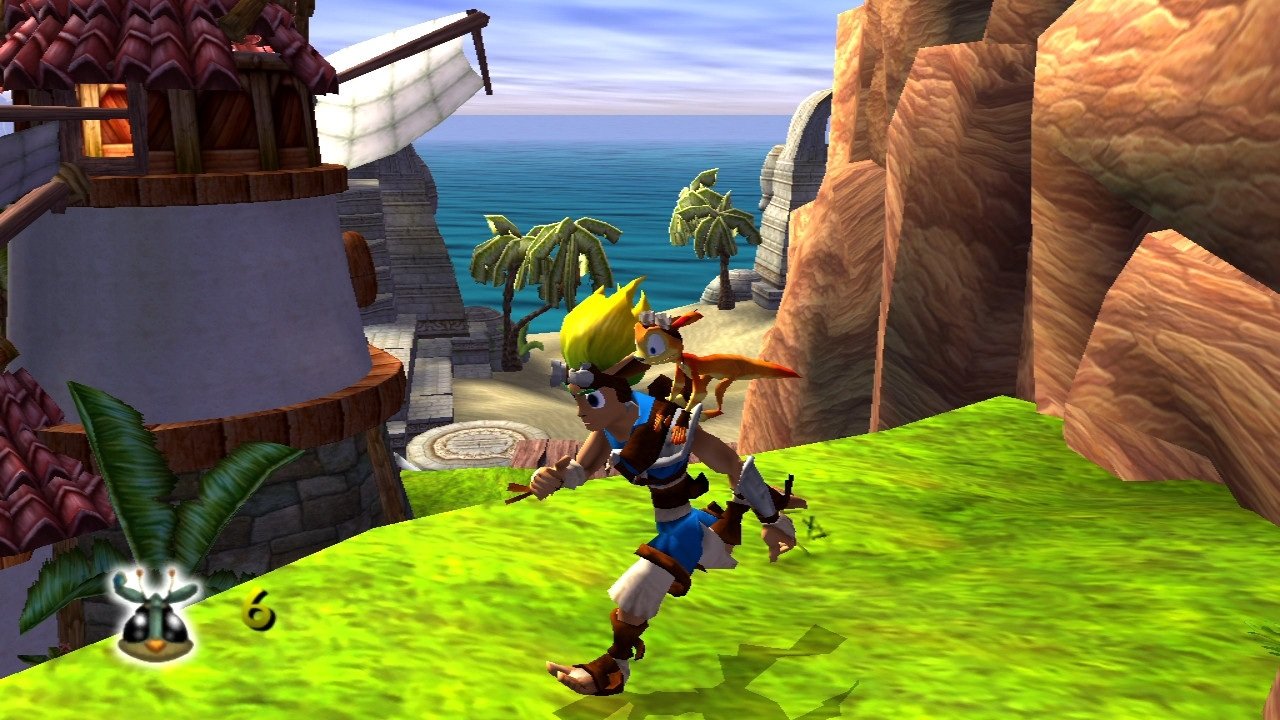
“More sophisticated load systems like Naughty Dog’s load data continuously in the background, anticipating what the game will need,” he tells GamesRadar+. “If done right, loading should only be necessary at the beginning, or when you die or teleport unexpectedly. This is why The Witcher 3 never loads if you are running around, but dying or teleporting brings up that excruciating 3+ minute load screen (which should have been more like 1 minute).”
Gavin continues: “The Jak & Daxter open world was exceedingly difficult. Simplistically, we divided the available memory in half, and chopped up the world into chunks that fit in these half sizes, making sure that under no circumstances could you ever see or be in more than two chunks at once. Nor were you allowed to cross the space between two different chunks in less than double the chunk load time (about 8-10 seconds per chunk). That way, there always had to be a stretch of single chunk world between the flip flopping other chunks.”
“The borders between chunks generally had to twist or involve a door or a long distance to make this happen. At that time, loading seamlessly in the background was quite challenging and almost no other games did it. There was a very sophisticated separate Processor program that did a lot of the work. For Jak 3, when we also streamed digital music and sound, it was vastly more complicated. I still have several patents on that system!”
Screen saver
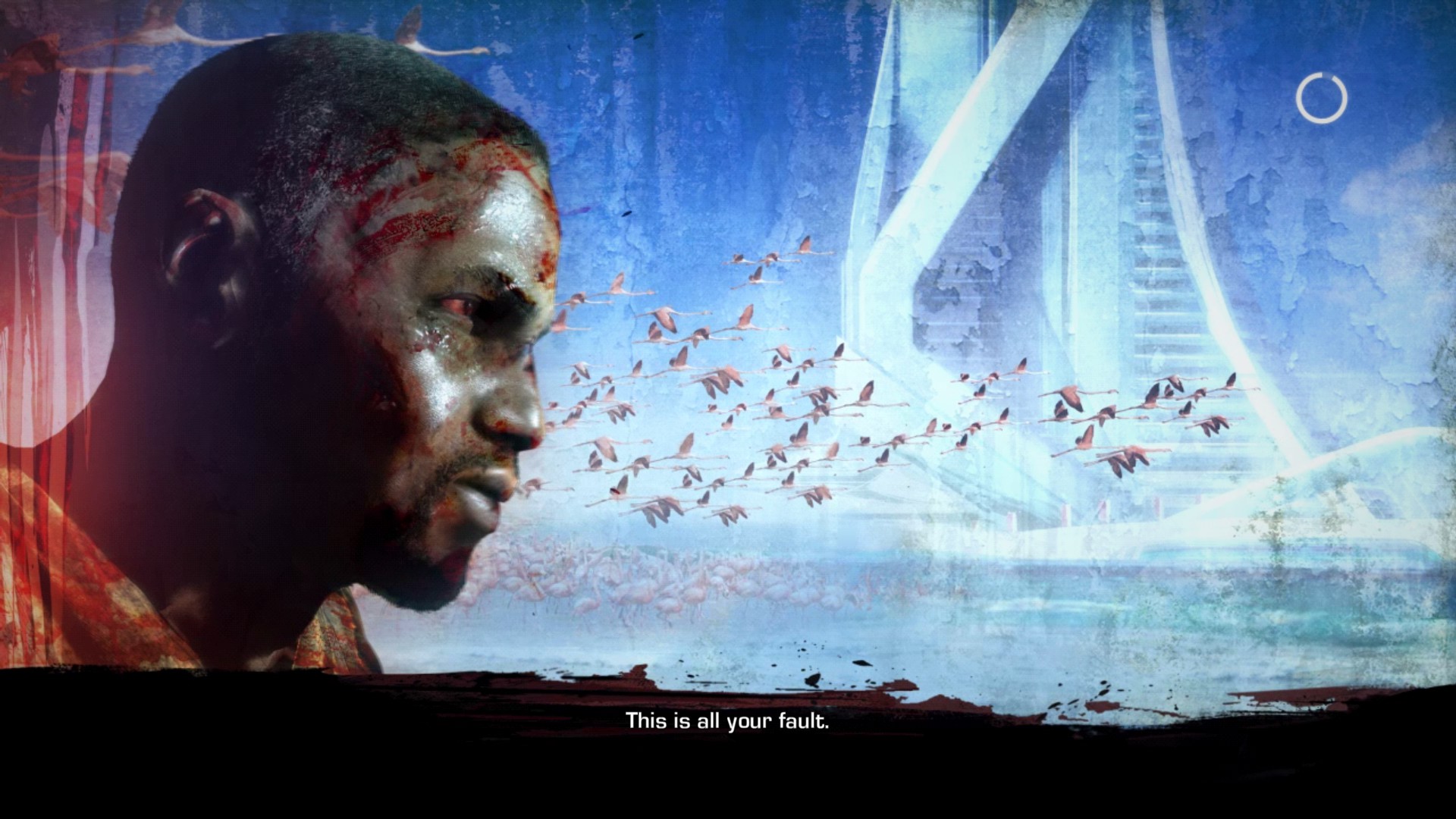
Some games, however, do stick with the more traditional loading screen, but turn the format on its head through subtle subversions of their various tropes. Spec Ops: The Line is a third-person shooter in which protagonist Martin Walker begins to lose his sanity against the backdrop of an unjust war, and developer Yager uses the classics “Tips” section of the game’s loading screens as a way to reflect the character’s devolving state of mind over the course of the campaign.
At the beginning, the loading screen messages might tell you how to reload a weapon, or use cover effectively during combat. By the late chapters, players will read something like “The US military does not condone the killing of unarmed combatants” or “You are still a good person.”
“We had big levels that needed to be loaded”, explains Mathias Wiese, Spec Ops: The Line’s original Art Director, “and unfortunately that meant that people had to wait before they could continue playing. But, as we had to deal with this issue, we wanted to have the loading screens and tips be in line with the overall experience."
"Since the game is about a journey into the heart of darkness, we wanted to support that feeling on different levels. So from time to time, especially as the story continues to spiral downward, the tips will begin to question your role in the game, even as a player. I love the tip that says “To kill for yourself is murder. To kill for your government is heroic. To kill for entertainment is harmless.” Food for thought!”
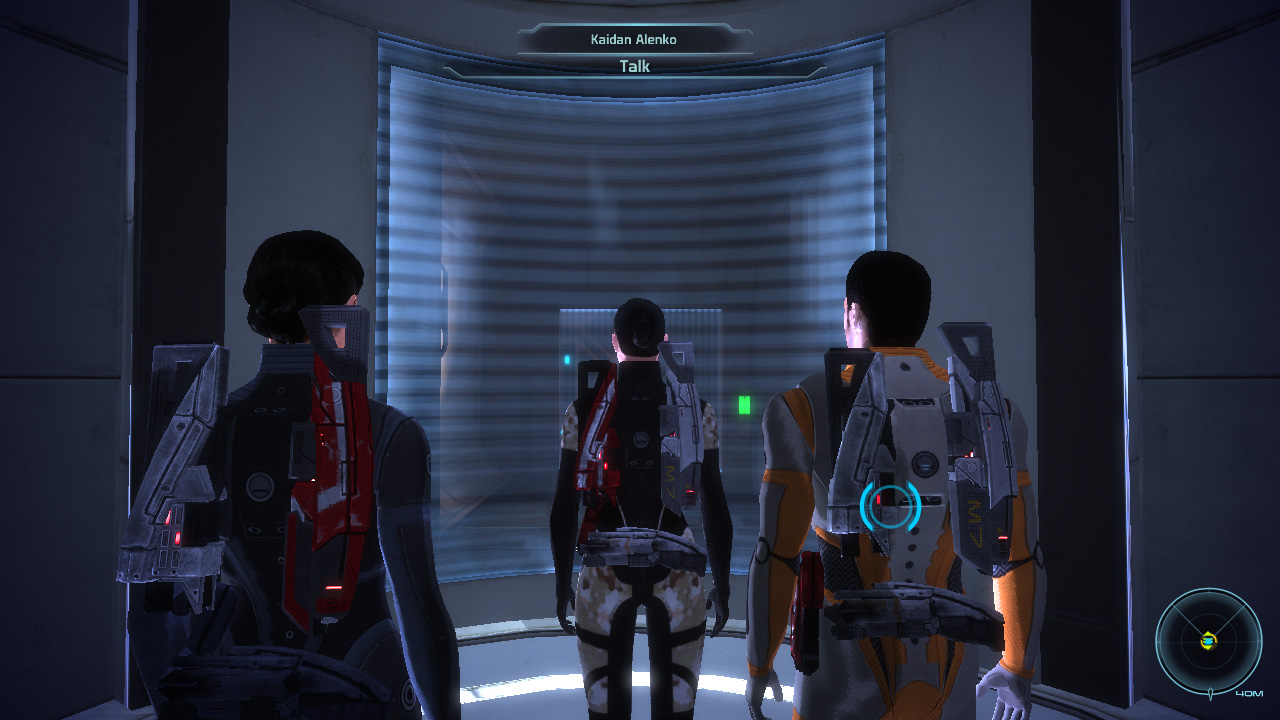
We should encourage developers to follow in the footsteps of Yager's innovativeness because, for better or worse, loading times are here to stay in video games, and may even get longer as developers continue to expand on their scope, pumping more and more assets into their experiences well beyond what the current generation of processors can manage.
However, developing techniques around streaming, and avant-garde artistic devices that hides loading behind the illusion of gameplay, means we could soon reach a day when traditional loading screens - like the one Anthem players are used to looking at right now - are gone for good. Either that, or developers continue to play with the trope as a subtextual tool for storytelling, as was the case with Spec Ops: The Line. Ultimately, we’ll have to wait and see what the future of loading screens really looks like, but hey, at least we’re all pretty used to waiting by now.
Want to know how else video games have been deceiving you? Discover the 22 hidden game techniques will blow your mind and completely change the way you play.
I'm GamesRadar's Features Writer, which makes me responsible for gracing the internet with as many of my words as possible, including reviews, previews, interviews, and more. Lucky internet!
